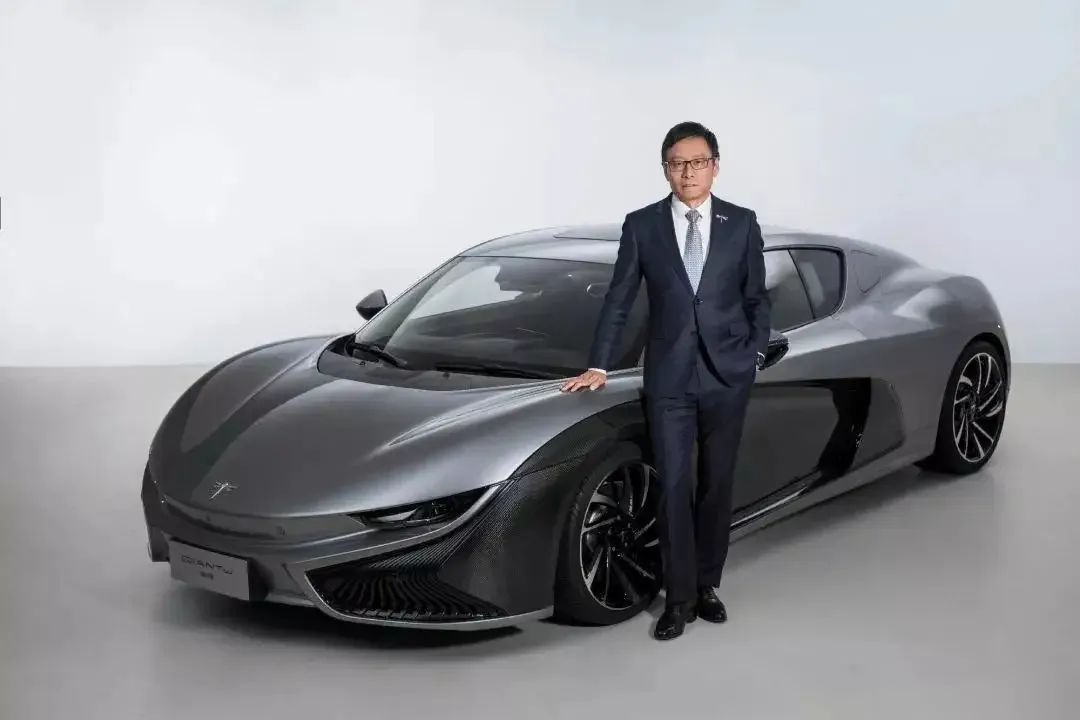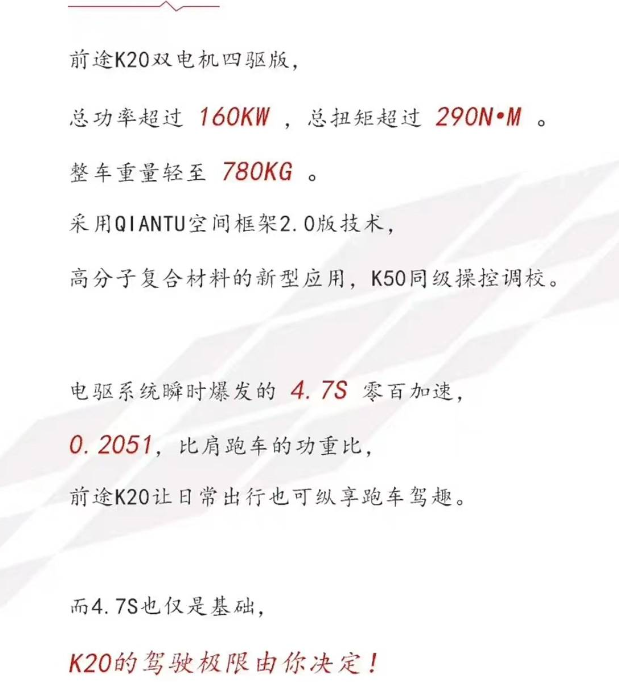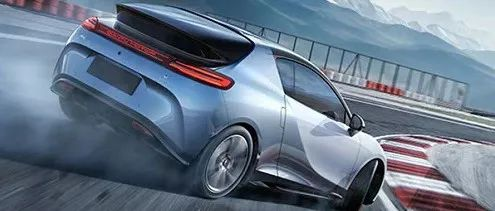Author: Zhang Yi
As early as 2018, Future Mobility Corporation had a car model named Future K50 which has a supercar styled exterior. The attention received is comparable to Bugatti and McLaren. However, its niche positioning and a price tag of 754,300 yuan led to the end of Future K50’s fate, fading gradually from people’s sight.

After four years, Future Mobility Corporation has re-entered the vision of the public.
The “EV Momentum” noticed that on June 6, Future Mobility Corporation held an online live broadcast named “Not Wasteful, Not Losing Youth” where Future’s founder and CEO, Lu Qun introduced the “Customization” design of K20 and announced its pre-sale price, 86,800-149,800 yuan.

It was learned from the live broadcast that K20 was actually released as early as 2019.
To differentiate from the mainstream models in the market, Future K20 took an unconventional path, positioning itself as a pure electric sports car. Although it is not large in size being only 374016401270mm, with a wheelbase of 2326mm, it is built on the QIANTU Space Frame 2.0 technology and is equipped with dual-motor four-wheel drive, with a maximum power of 70kW and 90kW, peak torque of 290N•m, and a 0-100km/h acceleration time of 4.7 seconds. The entire series comes with front and rear double-wishbone independent suspension and supports ultra-fast charging. It can replenish 100 kilometers of electricity in 10 minutes, and the range can reach 500 kilometers.


In addition, to improve the overall quality of the car, K20 has adopted high-polymer composite materials to reduce the weight of the car to 780kg. It comes with frameless doors and a solar-powered ventilation system, making it an extremely fun driving machine!
Lu Qun expressed that nowadays, making cars is nothing more than the “Nesting Doll” style exterior with a lack of unique design. K20, however, has become somewhat different, continuing the supercar attributes of K50 but redefining its aesthetics.

K20 adopts a two-door and two-seat design, with a common closed styling design at the front, coupled with a through-style LED light strip, and the sides also use a fang-shaped decoration. The tail is also very personalized, with a central raised and angled styling on the rear windshield, and a through-style design at the tail that looks youthful and athletic.
Secondly, the change in service concept. Luqun believes that K20’s customization is not a service, but a transformation after technological innovation. K20 has three layers of concept:
The first layer is rich configuration.
Luqun stated that in the past, traditional car companies had very few customized configurations, and the core key points were always unable to deviate from those few choices. “Not being defined” is his favorite word with the future. The ideal customization of the Future Auto is not based on a menu, but based on the bottom layer. In his view, the car consumers expect is unique, and Future Auto’s existence is to help consumers have more configuration choices.
The configuration of K20 is not defined by tradition. The asymmetrical center console layout is relatively rare, with a LCD instrument panel at the center and a suspended three-screen display. The center of the console is designed with an air outlet, and the two-sided steering wheel has a unique styling. At the same time, the new car will also provide two body styles to choose from – a hardtop and an open-top, to meet the personalized needs of users.
The second layer is customized materials.
In Luqun’s view, this is not a slogan, but a new material needed for the production mode change based on the material’s underlying technology, where materials that were not widely used in cars are now applied in new ways. New materials need to have newly structured designs, mechanical architectures, technological processes, and customization methods, etc.
Third, personalized user co-creation.
A truly user co-created product, the Future K20 is a car model for users aged 18 and above. “Old men’s music” that always appears on the market is either upgrading or facing the fate of forced upgrading. The “mission” of K20 is to be an affordable, interesting, high-value, and cool car model that young people can afford.
Finally, compared to its predecessor K50 with a high price of 754,300 yuan, K20’s price is basically a bargain.
As the first domestic company to obtain the “double qualifications” for manufacturing new energy vehicles, Future Auto has been silent for two years since the introduction of the K50 model. Considering that the positioning of the car model is too niche, although it has added many personalized customization spaces, there is still room for improvement. This time, the small sports car K20 entered the market with a very amazing low price, and there may be some breakthroughs in sales.
Interestingly, when the presale information of K20 was sent to the “Electric Power” fan group, there were dealers who directly consulted us about the way to join Future Auto’s agent, wanting to become a dealer.
At K20’s launch, Luqun emphasized that Future Auto’s big comeback has begun.
This article is a translation by ChatGPT of a Chinese report from 42HOW. If you have any questions about it, please email bd@42how.com.
